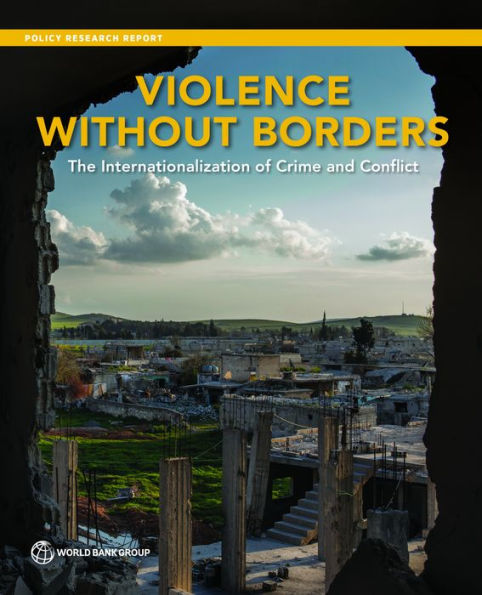Violence without Borders: The Internationalization of Crime and Conflict
Just like nearly every aspect of human experience, crime, conflict, and violence have become increasingly global. Around the world, civil wars, of which there are more today than at any time since the end of World War II, displace greater numbers of people ever farther from their countries of origin. Transnational terrorism has reached a 50-year high, in terms of both its incidence and the number of reported fatalities. Cross-border criminal markets--illicit drugs, human trafficking, wildlife trade, and so forth--take a heavy toll on the many societies they affect. This Policy Research Report, 'Violence without Borders: The Internationalization of Crime and Conflict', offers a unified framework to take stock of the theoretical and empirical literature on crime, conflict, and violence and to discuss how the international community organizes itself to address security as a regional and global public good. The increasingly global effects of crime and conflict require an equally global response to violence.
1136591998
Violence without Borders: The Internationalization of Crime and Conflict
Just like nearly every aspect of human experience, crime, conflict, and violence have become increasingly global. Around the world, civil wars, of which there are more today than at any time since the end of World War II, displace greater numbers of people ever farther from their countries of origin. Transnational terrorism has reached a 50-year high, in terms of both its incidence and the number of reported fatalities. Cross-border criminal markets--illicit drugs, human trafficking, wildlife trade, and so forth--take a heavy toll on the many societies they affect. This Policy Research Report, 'Violence without Borders: The Internationalization of Crime and Conflict', offers a unified framework to take stock of the theoretical and empirical literature on crime, conflict, and violence and to discuss how the international community organizes itself to address security as a regional and global public good. The increasingly global effects of crime and conflict require an equally global response to violence.
34.99
In Stock
5
1

Violence without Borders: The Internationalization of Crime and Conflict
144
Violence without Borders: The Internationalization of Crime and Conflict
144
34.99
In Stock

Product Details
| ISBN-13: | 9781464815256 |
|---|---|
| Publisher: | World Bank Publications |
| Publication date: | 06/26/2020 |
| Series: | Policy Research Reports |
| Sold by: | INDEPENDENT PUB GROUP - EPUB - EBKS |
| Format: | eBook |
| Pages: | 144 |
| File size: | 6 MB |
About the Author
From the B&N Reads Blog
